Daily Podcast: A to B
Back in the day, the descriptive phrase "living room on wheels" applied to an automobile was a compliment. That I never got. I simply couldn't understand why anyone would want to experience the joys of driving completely insulated from the joys of driving. While I didn't expect everyone to lust after a Dino (the car, not the animated dinosaur), there were BMWs and Mercedes and Toyotas and VWs about that offered a Miley Cyrus solution. Why couldn't Detroit at least move in that direction? When I drove the first Honda Accord, I rejoiced: the Japanese "got it:" road feel, steering feel, handling, braking, the works. I remember thinking right then and there that Detroit was going to get its butt kicked. I was wrong and I was right. As the success of the originall Lexus LS proved, the Japanese understood that building better American-style (i.e. pillow-soft and deadly silent) cars than the Americans was the key to mainstream success. While there are plenty of driver's cars for sale these days, it behooves those of us who prefer them to remember that most people don't. Or do they? If you put an Avalon driver in a BMW 3-Series, would they eventually learn to stop worrying and learn to love the Bimmer? The success of the new Lancer suggests not.
More by Robert Farago


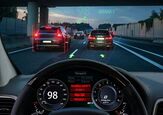















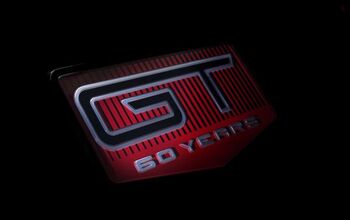

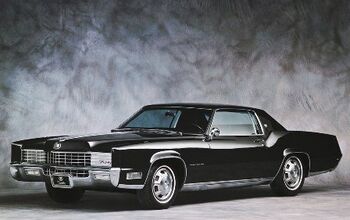







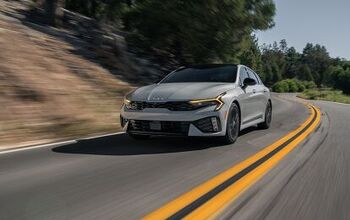




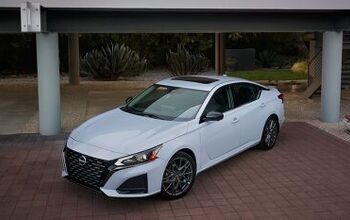
Comments
Join the conversation
Samir Syed: A drive-in movie is THE best bang for your buck where I live. 2 newer movies for $5 admission per adult, Fantastic! I live in Northeast Ohio (near Canton) and know of more than one drive-in around Akron and Kent. Luckily I don't have to drive that far as the Lynn Drive-In is a mere 10 mi. south of me just outside of Strasburg. If you live in America, do a search you may find one closer than you ever knew. If you don't live in America, do a search, and if you don't have one close to you, start one as a business. The Lynn Drive-In, America's oldest continually operating drive-in theatre, and the second oldest in the world (at least that's what they broadcast over the radio before the movie and at intermission).
Those V8-powered rolling living rooms were also great long-distance highway runners. With those comfy seats and light touch steering you could put the armrest down, set the cruise, and let the miles roll by. They were also great tow vehicles for pop-up campers and utility trailers. Years back I had a 85 Buick LeSabre sedan. All it needed to tow the pop-up was a set of cargo springs and a standard class III hitch. About the only car-like thing out there today that is anywhere near as suitable as a tow vehicle, excluding the Ford Crown Vic, is the FWD minivan and they are a poor subsitute. Setting up one of those means adding a weight distributing hitch (if the pop-up can take one) and installing a trans cooler in addition to the above. Oh, and put about $3000 into the bank for a new transmission. FWD vans have a hard enough time not coughing one up under normal driving. There are some large FWD V6 cars that can serve too, but they need just as much modification and are just as fragile.
radimus: Your post reminded me of the hilarious "Honda trucks" ads that are currently making the rounds. While a Ridgeline is certainly more capable than a sedan or minivan (although the Ridgeline is minivan-based), it makes one laugh at the apparent oxymoron. There's no replacement for a full frame, RWD and V8 power when there's towing and hauling to be done. Maybe if more cars had stayed this way, and if campers hadn't supersized like everything else, we wouldn't be bemoaning the recent SUV/crew-cab pickup craze.